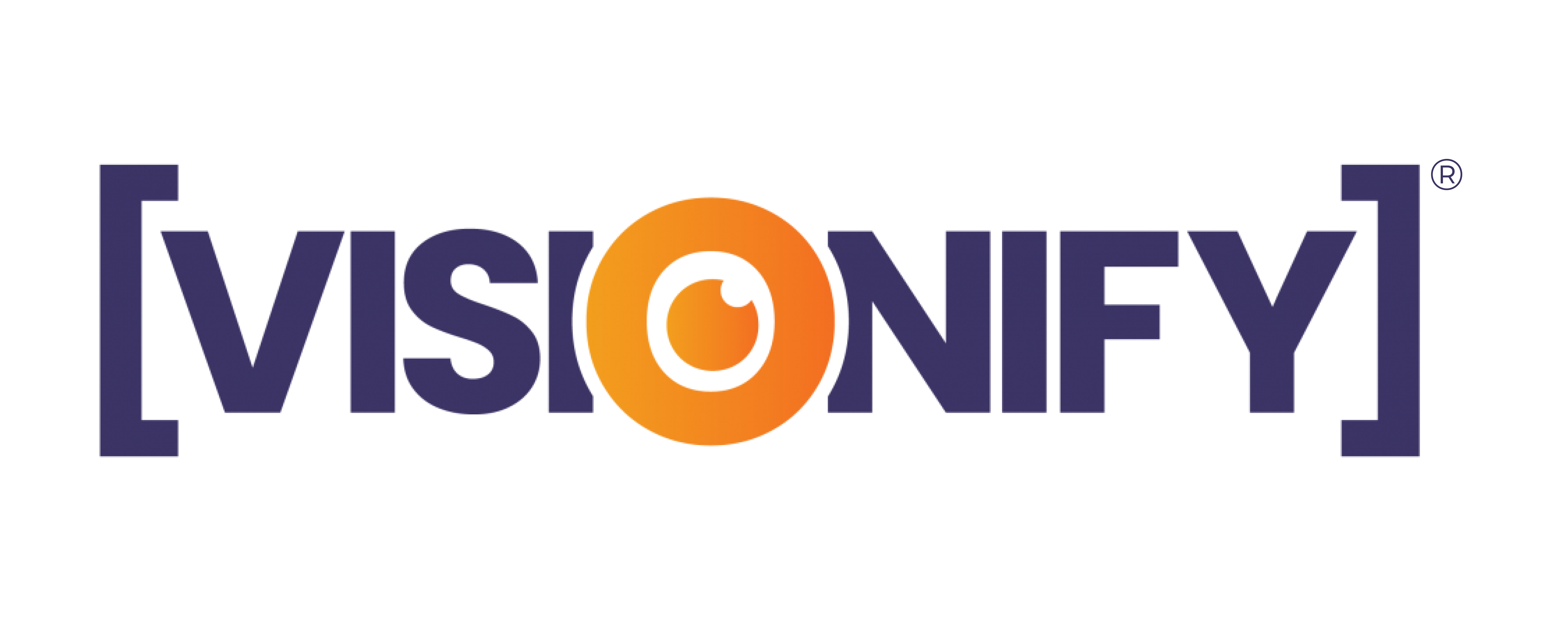
Introduction
The work of the factory is to produce things. That is, it takes raw materials and transforms them into a finished product. The products may be cars or clothing, but in either case, the process begins with raw material and ends with a finished good. Factory vision helps monitor this process so that no steps are missed, and there are minimal errors along the way. It also helps identify any problems before they become too big to fix later on down the line, which saves companies time, money, and resources in general. These benefits have encouraged many companies to invest in factory vision systems for their improvement and quality assurance purposes.
What is factory vision, and how does it work
Factory vision is a system of process management to ensure quality. It helps reduce waste, improve safety and increase productivity. It monitors all aspects of the production line and ensures that everything runs smoothly for efficient operation and maximal production. Factory vision has effectively tracked processes such as painting, welding, assembly, and palletizing by using bar codes, RFID tags, video cameras, or thermal imaging systems. The factory can then determine where the problem is originating from and make adjustments to correct it.
How to implement factory vision in your company
It can help improve the overall efficiency of your operation and also reduces maintenance costs and maximizes profits, among many other benefits that come with it.
It can be done on either a big or small scale, depending on your set objective. Whatever method you choose, the implementation should always be gradual. You can do a simple manual inspection first before going all out with automated technology. That way, you will still get results while building up resources for the future and improving the efficiency of every process at every stage with just a little time and effort from your end.
Let us say that factory vision was implemented for quality control purposes. This means better production and minimal waste. It will help you spot errors in the system right away to reduce the loss of valuable products and resources.
You can check for non-conforming products during the inspection process, but there is a higher chance they would have already been released to your clients before this happens. The only way to ensure quality after production is through factory vision. This can be done by scanning every piece individually, followed by automatic sorting based on your specifications. You need to play around with several variables and find out what works best for you – whether an IR or UV scanner, what kind of cameras are ideal, how much detail should be captured, etc.
With all processes under control via automated technology, no faulty will be passed on to your clients. You are more likely to gain a reputation as a company that produces quality products and services, which means that you will attract many loyal customers. You can even expand your sales beyond the local area if you plan it right.
How to implement it?
The most common method for implementing factory vision is a camera equipped with software that enables computers to process and analyze video feeds from cameras. Cameras may be stationary or mobile, depending on how much movement there is in the production process (for instance, for assembly lines). Be careful when using non-standard types of equipment because this significantly increases the risk of a failed install.
The benefits of factory vision
Factory vision comes with a variety of benefits that make it worth implementing in any production line. One of the reasons for the popularity and success of factory vision is that it saves money on production costs, which in turn expands profits and reduces maintenance. It also enables an organization to maximize output while improving on quality. There are several other benefits, such as increased efficiency and accuracy in production, product waste, and better safety management. These are some reasons that make a factory vision system an essential part of any manufacturing process.
Do you need it?
Identify all possible sources of errors in your current production line and rank them by how much they affect profit/loss, customer satisfaction, etc.
You will be able to determine whether factory vision is worth investing in or not depending on how much you stand to gain from specific improvements identified as areas for improvement.
Remember that ROI can vary greatly depending on the scope and type of factory vision used, so be careful about falling into just any marketing claim about the benefits of factory vision.
Who should use factory vision systems
Factory vision is helpful for both small and large companies. It’s also suitable for various industries that produce goods ranging from car parts to heavy machinery. Factory vision systems are perfect for any organization that deals with stringent quality standards and demands greater production efficiency.
Conclusion
Factory vision is a system of process management to ensure quality. It helps reduce waste, improve safety and increase productivity. Factory Vision Systems are perfect for any organization that deals with stringent quality standards and demands greater production efficiency.
Visionify can assist you with implementing factory vision solutions in your organization. Get in touch with us for a demo today!

